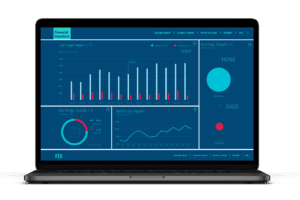A prominent European financial institution.



A prominent European financial institution.
Our client needed support with developing an internal application. It had to be integrated with the company’s SAP system, necessitating specific security and quality requirements. The tool had to handle new rules, regulations, and document workflows between departments.
The first version of the app was not performing optimally. Users encountered several bugs when trying to run the software, which prevented them from fully taking advantage of new features.
The organization decided to troubleshoot the issue with software testing, but needed additional resources and know-how to solve the issue promptly. They approached us for support.
We were able to fully address the requirements, leveraging our experience in creating high-performance apps for the financial industry. Our QA engineers and DevOps experts reviewed business requirements, filled in competence gaps, and assisted the client’s team in delivering the project.
We started by studying the documentation provided by the client. The team analyzed the application and created test strategies aligned with project timelines.
All tests – both manual and automated – adhered to the Agile QA methodology, as well as client-defined Definition of Done and acceptance criteria. Our specialists were testing all parts of the software on an ongoing basis to ensure continuous delivery of subsequent app features.
To maintain seamless integration with SAP, we developed a DSL (domain-specific language). It will allow domain-driven experts to address future needs more easily. We have also trained the in-house team to make adjustments to process steps and parameters on their own.

With our cooperation, the quality of the application and related processes was greatly increased. The final solution follows strict compliance rules and user permissions. In addition, the improved infrastructure enables the client to release any changes significantly faster.
As a result, the organization can take advantage of new functionalities and capabilities, all without compromising security. In addition, the application is easy to develop and maintain, saving the client time and resources.